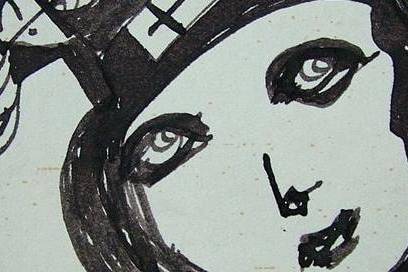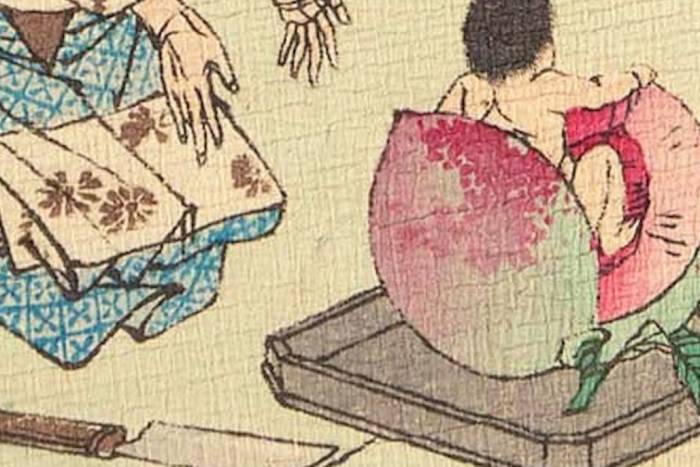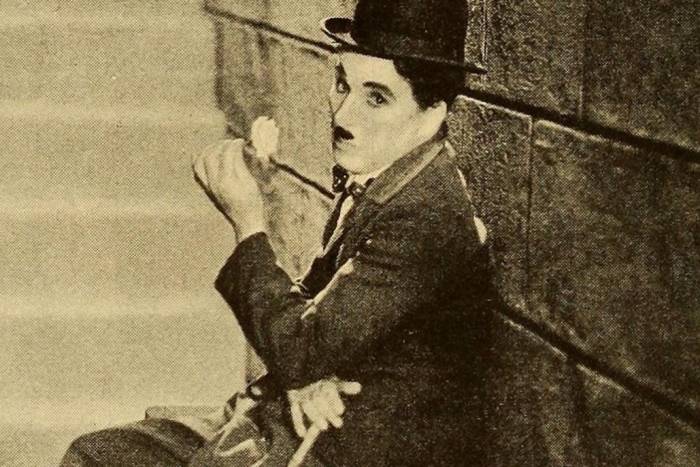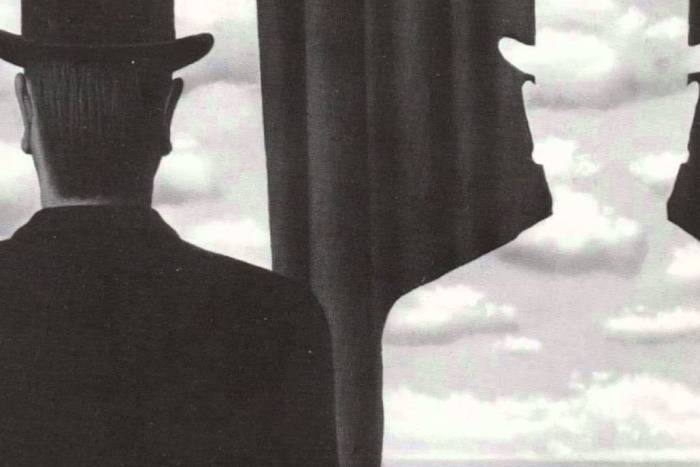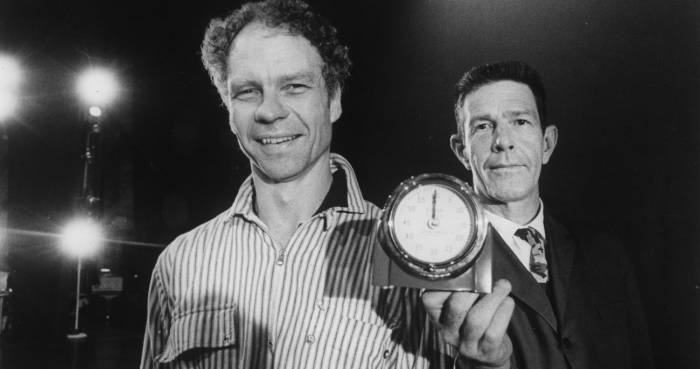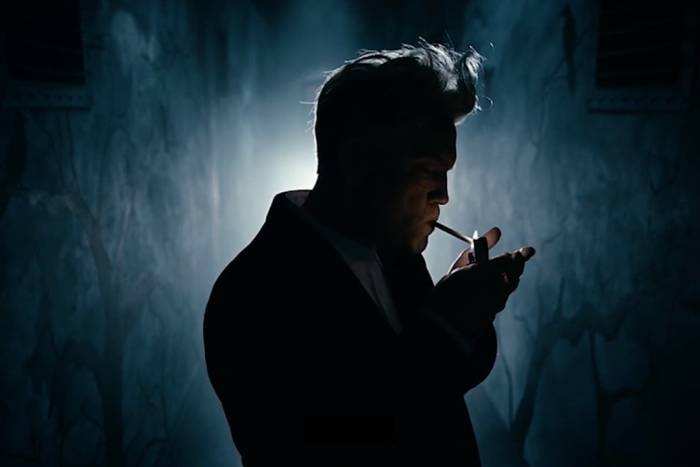Paterson; Or How A Movie Can Also Be A Poem
Directed by Jim Jarmusch, a new film speaks of the small and the monotonous, and of the poetry in each of life’s details.
Gentle, like floating clouds, the words of a poem (equally small) cross the screen. Just as smoothly passes time in Paterson, Jim Jarmusch’s latest film. Paterson is at once the name of the film’s protagonist and that of the town of New Jersey where he lives. The film is also an open poetic homage to the namesake of William Carlos Williams (one of the greatest poets of the last century).
Selected for the official competition at the Cannes Film Festival in 2016, the film is an essay on art and the process of creation, personified in its protagonist, a modest bus driver. He’s also secretly a poet and a great admirer of the work of Williams. (In the film, Williams is also originally from the town of Paterson.) The story is told simply, with no haste, in seven parts, for the seven days of the week in the life of this singular protagonist. Contrary to what might be expected, the daily, monotonous life of the man creates a beautiful rhythm that, rather than tiring, hypnotizes, and draws attention to the tiniest details of his peaceful daily life.
It’s also a movie about the seldom seen magic of ritual. Paterson wakes up every day at the same time (with no need for an alarm clock). His breakfast is the same cereal, and he walks the same streets to his job, where a public bus awaits. Paterson tries to arrive a few minutes early to use the extra time to write his poems into a secret notepad. (The audience can hear them as they’re formed in his mind.) During his work day, he listens attentively to the conversations of the strangers who board the bus (the inspiration for his poetry). Finally, he walks back home to dine with his partner, Laura (whose name she shares with the beloved of the poet, Petrarch). He takes his dog for a walk, has a beer in the neighborhood bar and goes home to sleep. And the next day he’ll do exactly the same.
Paterson refuses to own a cell phone, and he’s horrified every time Laura tries to convince him to publish what she refers to as “high quality poetry.” He finds great pleasure in writing discreetly, and that’s all he cares about. It’s one of several references in the film to Emily Dickinson, another poet who never wished to publish her work. The character of Laura, charming, impulsive and inconsistent, works as a counterbalance to the millimetric accuracy of each of the things that happen in the life of her lover.

Despite being a film immersed in deeply philosophical considerations, Paterson is full of a humor to balance the melancholy which floods both the poet and the world around him. The dramatic tension of the film is both profoundly subtle and modest (like Paterson’s poems). Everything is beautifully small, in both triumph and tragedy. Among these is the film’s most dramatic moment: when Laura’s dog (the antithesis and enemy of Paterson) destroys his notebook of poetry. It’s an epic and painful loss.
As in all of the films of Jarmusch (who studied English and American literature), references to books and writers abound like hidden treasures. The volume Paterson reads every day while eating his lunch is Frank O’Hara’s Lunch Poems, and the poems which Paterson composes in the film were actually written by Ron Padgett and, evidently, by William Carlos Williams.
It is a story in which everything is tiny but nevertheless transcendental. The film is, among other things, a guide to finding art and beauty in daily life and its monotony, in routine moments, in the conversations we hear and the faces we encounter, and in the time we spend alone, in modesty and simplicity. Jarmusch seems to agree with what Williams once suggested: poetry can be found in the most unexpected of places, as in the life and adventures of a bus driver or even in a movie. Because Paterson is a poem not only in the metaphorical sense, its structure divided into seven days, it can also be seen as the seven stanzas of a poetic composition in which each fragment is similar, but never quite the same (like the days in the life of the poet from Paterson).
Related Articles
Pictorial spiritism (a woman's drawings guided by a spirit)
There are numerous examples in the history of self-taught artists which suggest an interrogation of that which we take for granted within the universe of art. Such was the case with figures like
Astounding fairytale illustrations from Japan
Fairy tales tribal stories— are more than childish tales. Such fictions, the characters of which inhabit our earliest memories, aren’t just literary works with an aesthetic and pleasant purpose. They
A cinematic poem and an ode to water: its rhythms, shapes and textures
Here lies One Whose Name was writ in Water. - John Keats Without water the equation of life, at least life as we know it, would be impossible. A growing hypothesis holds that water, including the
Watch beauty unfold through science in this "ode to a flower" (video)
The study of the microscopic is one of the richest, most aesthetic methods of understanding the world. Lucky is the scientist who, upon seeing something beautiful, is able to see all of the tiny
To invent those we love or to see them as they are? Love in two of the movies' favorite scenes
So much has been said already, of “love” that it’s difficult to add anything, much less something new. It’s possible, though, perhaps because even if you try to pass through the sieve of all our
This app allows you to find and preserve ancient typographies
Most people, even those who are far removed from the world of design, are familiar with some type of typography and its ability to transform any text, help out dyslexics or stretch an eight page paper
The secrets of the mind-body connection
For decades medical research has recognized the existence of the placebo effect — in which the assumption that a medication will help produces actual physical improvements. In addition to this, a
The sea as infinite laboratory
Much of our thinking on the shape of the world and the universe derives from the way scientists and artists have approached these topics over time. Our fascination with the mysteries of the
Sharing and collaborating - natural movements of the creative being
We might sometimes think that artistic or creative activity is, in essence, individualistic. The Genesis of Judeo-Christian tradition portrays a God whose decision to create the world is as vehement
John Malkovich becomes David Lynch (and other characters)
John Malkovich and David Lynch are, respectively, the actor and film director who’ve implicitly or explicitly addressed the issues of identity and its porous barriers through numerous projects. Now

